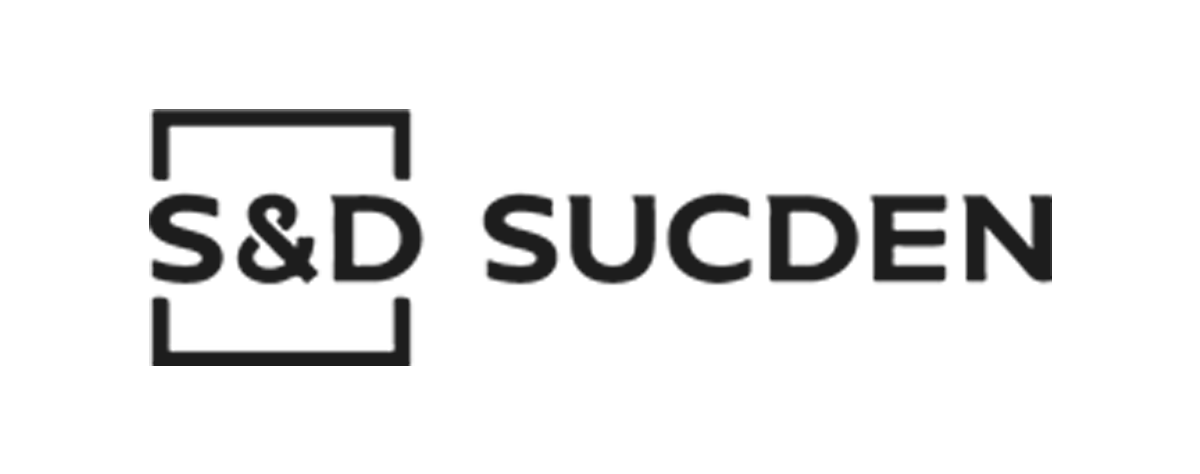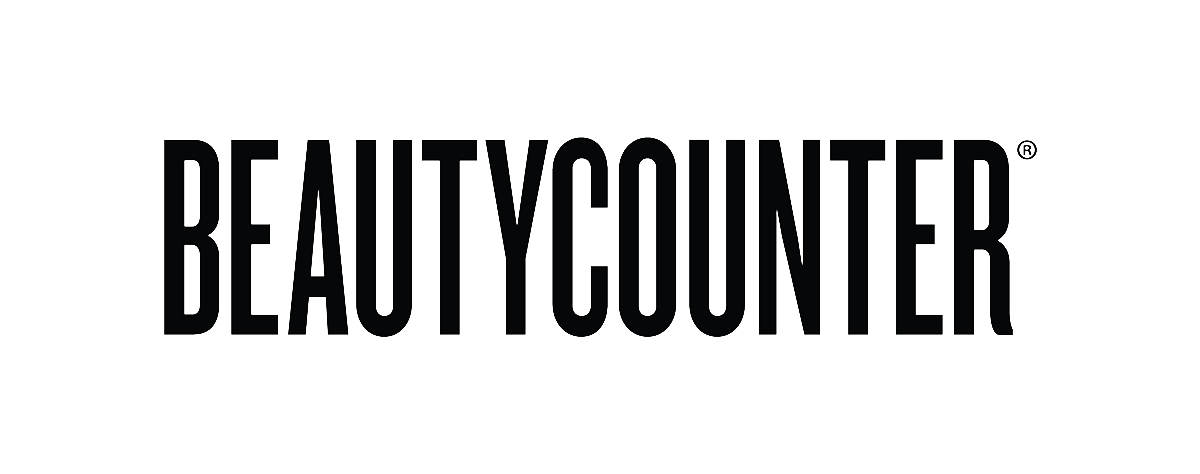100% traceable, transparent supply chains
4 Reasons Why You Need Supply Chain Mapping

We'll explore 4 reasons why understanding your end-to-end supply chain has never been more important by highlighting:
- Multi-tier supply chain data visualizations & company-specific metrics
- Supplier concentrations primarily focused on localized risks
- Bottleneck identification and fixes
- Complete supply chain visibility in one secure repository
Download the fact sheet to gain real-world insights into how supply chain visualization can help companies track suppliers, transactions, and chain of custody for a real-time map of your operations.
Download the Fact Sheet
Supplier discovery
Find out what your supply chain looks like
Award-winning visualizations designed to give your team rapid insights into your end-to-end supply chain.
Identify the suppliers you didn’t know you had
Map your sub-tier supply chain using the most powerful, secure, easy-to-use supplier discovery software.
Measure risk using advanced geo-analytics
Automatically assess supply chain risk exposure using best-available heat maps and built-in GIS processing.
Manage continuous improvement for direct and indirect suppliers
Supplier selection made easy through automated data collection, scoring and interactive dashboards.
Trace every product from raw material to finished good
Track and trace every transaction from farm to factory using field-tested, secure mobile and cloud technology.
Trusted by the world's leading brands
“Sourcemap's state-of-the-art technology provides a comprehensive platform to trace hazelnuts from farm to factory, further strengthening Ferrero's efforts in working with its suppliers to achieve greater transparency. Through Sourcemap's platform, we will be able to support the value chain through data science, detect tomorrow's agricultural and social challenges, and ensure performance is continuously improving.”
“It was our traceability work that provided CBP the assurance they needed that there was no Turkmenistan cotton in our product. We were the only company audited for proof of this and we satisfied their needs because we have a traceability system and Sourcemap in place.”
“Sourcemap puts all of this important [raw material] information together and makes it easily accessible. Not only to those who own the files, but also by others, e.g. procurement, corporate affairs, quality assurance teams.”
Why do I need supply chain mapping?
Gain insights into the end-to-end supply chain to ensure that social, environmental, and compliance standards are met every step of the way.
What is supply chain mapping?
People have been mapping supply chains as long as they’ve been making maps. But traditional maps only provide a summary view - they don't show how supply chains change in real time. Modern supply chain mapping is the process of engaging across companies and suppliers to document the exact source of every material, every process and every shipment involved in bringing goods to market. Accurate supply chain mapping only became possible with the rise of online maps and the social web. The first online supply chain mapping platform was developed at the Massachusetts Institute of Technology in 2008 (the underlying open source technology is the basis for Sourcemap).
Why are companies moving towards more transparent supply chains?
The concept of supply chain transparency was virtually unknown 15 years ago, yet today it commands the attention of mid- and senior-level managers across a broad spectrum of companies and industries.
The reasons for this increased interest are clear: Companies are under pressure from governments, consumers, NGOs, and other stakeholders to divulge more information about their supply chains, and the reputational cost of failing to meet these demands can be high. For example, food companies are facing more demand for supply-chain-related information about ingredients, food fraud, animal welfare, and child labor. Less clear, however, is how to define transparency in a supply chain context and the extent to which companies should pursue it: an MIT study that mapped definitions of supply chain transparency related to labor practices in the apparel industry found vastly different definitions across organizations.
How are customs compliance and supply chain mapping related?
Companies are under increased pressure from governments and regulators to ensure that their products are compliant with human rights and environmental standards. The only way for companies to ensure their supply chains are "clean" is by mapping their supply chains down the raw materials using auditable, verifiable data. Check out Sourcemap's fact sheet on due diligence for forced labor in supply chains to learn more.
How are laws changing in the world of supply chain?
Governments are cracking down on supply chain imports around the world. In the United States, Customs and Border Protection has issued Withhold Release Orders for goods originating from parts of the world with a high risk of forced or child labor. Similarly, across Europe supply chain laws including Germany's Supply Chain Due Diligence Act will require companies to disclose the source of their raw materials and ensure that they are not contributing to environmental risk or abuses of human rights.






